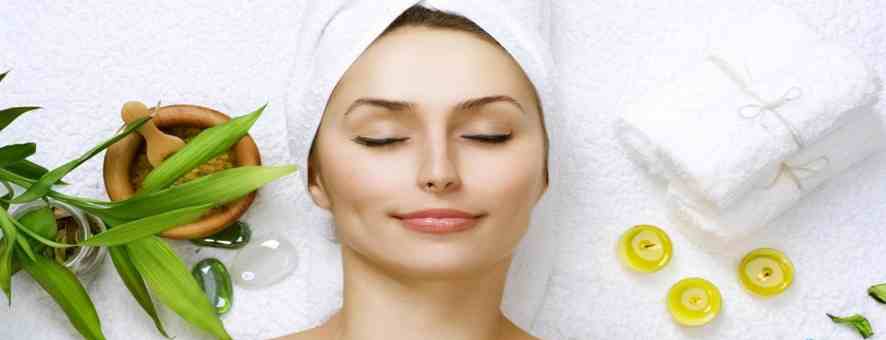
Introduction
- For thousands of years, herbal therapy for skin diseases has been practiced. Herbs and their applications developed regionally, based on locally available plants and trade in ethnobotanical treatments. This review of herbal remedies includes both pharmaceuticals with scientific proof for clinical efficacy and more common herbs reported to be useful in the treatment of dermatologic conditions. This chapter also includes information about the safety of each herb to help clinicians determine which herbal medicines to utilise in their practice. This topic also includes common drug interactions and the negative effects of herbal medicines that may be noticed in the dermatologic context.
History Of Herbal Medicine
- Records of Ayurvedic medicine in India date back to around 3000 BC. Ayurvedic medicine is a system of medicine that blends physiological and holistic concepts. It is predicated on the idea that the human body is made up of the same five energy elements that make up the universe:
- earth,
- water,
- fire,
- both air and
- space.
Herbal therapy has grown in popularity among patients looking for alternatives to standard Western allopathic care during the last two decades. Herbal remedies that have been used for generations in Asia, particularly in China and India, are now being scientifically examined. Several herbal remedies have stood the test of time in terms of their efficacy in treating dermatologic disorders, with a handful having considerable scientific evidence to support their use.
Individual patients frequently treat themselves with alternative herbal remedies, frequently without high-quality professional assistance. Patients are advised to ensure the safe use of herbal therapies by deciding on their health goals, educating themselves on the efficacy, safety, interactions, and usage of the medicine, choosing therapies that are likely to achieve their objectives, receiving the proper diagnosis before beginning the therapy, consulting credible professionals, disclosing to the practitioners all treatments being used, monitoring the effects of the remedies, both positive and negative, and waiting for the remedies to be discontinued.
For their effectiveness in treating dermatologic problems, several herbal treatments have stood the test of time, and a few have substantial scientific support. With alternative herbal therapies, an individual patient often treats himself or herself without high-quality professional advice.
By choosing their health objectives, patients can assure the safe use of herbal remedies by educating themselves about the use, interactions, safety, and effectiveness of the medication; picking treatments that are likely to achieve their goals; having a correct diagnosis before using the therapy; consulting reputable practitioners; informing the practitioners about all the remedies they are using; monitoring the effects as they become apparent; and changing doses as necessary to account for surgery, illness, or changes in conventional therapy. effects of the medicines, both favorable and negative.
Some Skin Problem
1. Acne
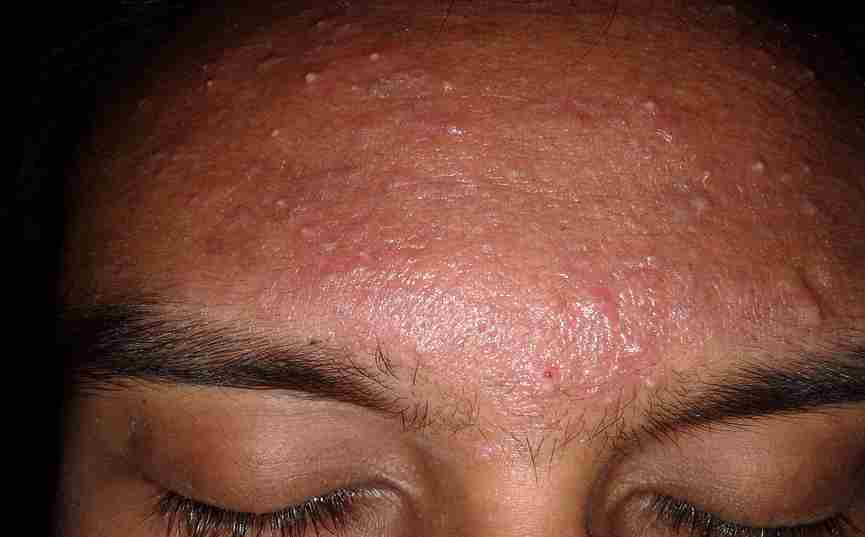
- Acne is a skin disorder caused by the clogging of your hair follicles with oil and dead skin cells. It is the cause of pimples, whiteheads, and blackheads on the skin. Acne primarily affects teenagers, but it affects people of all ages. Even though there are effective acne treatments available, acne can be difficult to treat. There are numerous acne vulgaris treatment regimens available, but none are without side effects, and their specific role in therapy is unknown.
2. Melasma

This skin condition frequently manifests as dark areas on the face, neck, chest, and arms. Pregnant women (chloasma) and people with darker skin who have had a lot of sun exposure are more likely to have it. Other than skin darkening, there are no other symptoms. After a year, it might disappear on its own, or it might stick around forever.
The four varieties of Melasma—centerofacial pattern, malar pattern, mandibular pattern, and mixed—are pigmentary conditions that affect women’s faces.
3. Aeczema (eczema)
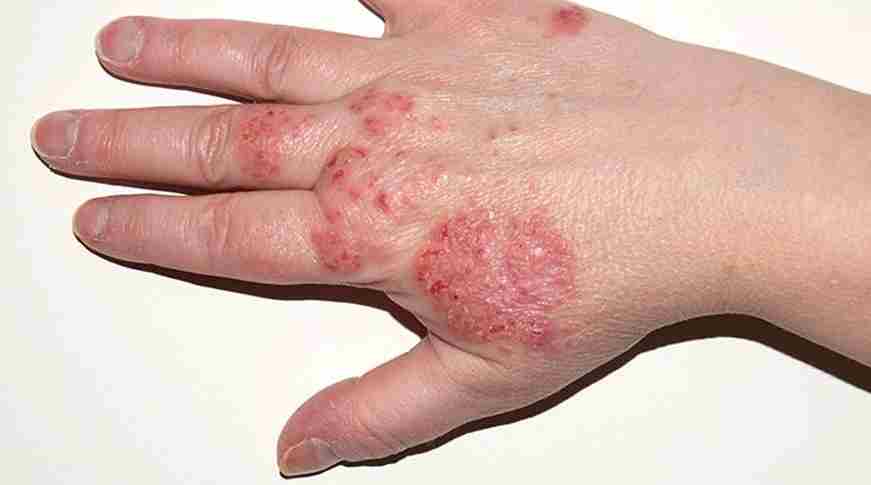
Atopic dermatitis is among the most common forms of eczema in kids. Although the precise aetiology of atopic dermatitis is unknown, experts think that genetics, the environment, and/or the immune system may play a role.
On the hands, feet, face, or even in the creases and crevices of the skin, atopic dermatitis can present itself (particularly in young children). The skin is typically dry, scaly, and itchy; repeated scratching may cause a thicker area. Even though people with allergies frequently develop eczema, allergies do not cause eczema. Steroid creams are frequently applied to treat symptoms.
4. Sunburn

Sunburns form from excessive exposure to ultraviolet (UV) light from the sun or sunlamp. The affected skin becomes uncomfortable, is heated to the touch, and may even start to peel off.
Even with sunscreen protection, it can be difficult to gauge how long in the sun is safe. Frequent sunburns, especially when young, might increase the chance of developing skin cancer. Although sunscreen often needs to be reapplied every two hours, you could just need to avoid the sun altogether.
Seeking shade and, if feasible, going indoors will help you recover from a sunburn faster.
Herbs Used For Skin Problem
1. Turmeric:-

For hundreds of years, turmeric, a herb or spice, has been used in alternative medicine. It is known that turmeric has several health advantages, and it is referenced in traditional Ayurvedic remedies. Curcumin, a potent antioxidant found in turmeric, helps to prevent the growth of cancer. The affected area should be covered with a thick paste made of turmeric and water for around 20 minutes. The use of turmeric has also been demonstrated to improve immunity against all diseases.
Because of its high concentration of the antioxidant curcumin, turmeric has been used for thousands of years in India and has potent anti-inflammatory properties. When turmeric is applied topically to the afflicted skin, research has indicated that curcumin may aid in the battle against melanoma. According to Susan Blum, MD, an integrative physician at Blum Center for Health, “Curcumin suppresses angiogenesis, which is the formation of blood vessels.” “Curcumin appears to be a strong inhibitor of tumour activity in animal experiments,” according to research that focuses on “starving” cancer cells. Add turmeric to pasta, potato, and deviled egg salads as well as to chilli, brown rice, and hearty, savoury soups. A nice tea can be made by combining it with ginger.
2. Green Tea:-
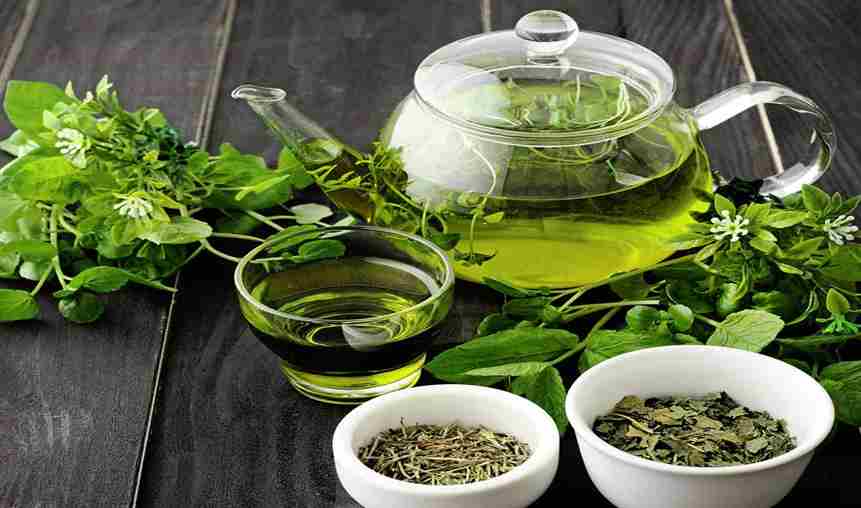
The antioxidant source of choice right now is green tea. An article from November 2010 that appeared in Archives, Biochemistry, and Biophysics stated that green tea improves DNA repair and may prevent non-melanoma skin cancer. Drinking two cups of this all-natural skin cancer treatment will not only improve your health but also speed up your recovery from skin cancer. It has many health advantages.
Here is another justification for becoming green: Catechins, which are present in green tea in high concentrations and have potent anti-inflammatory, antioxidant, and anti-ageing properties on the skin, are very beneficial. An enzyme in your skin that causes uneven pigmentation can be inhibited by topical green tea, which results in fewer sunspots. It can also thicken the epidermis and speed wounds.
2. Aloe :-
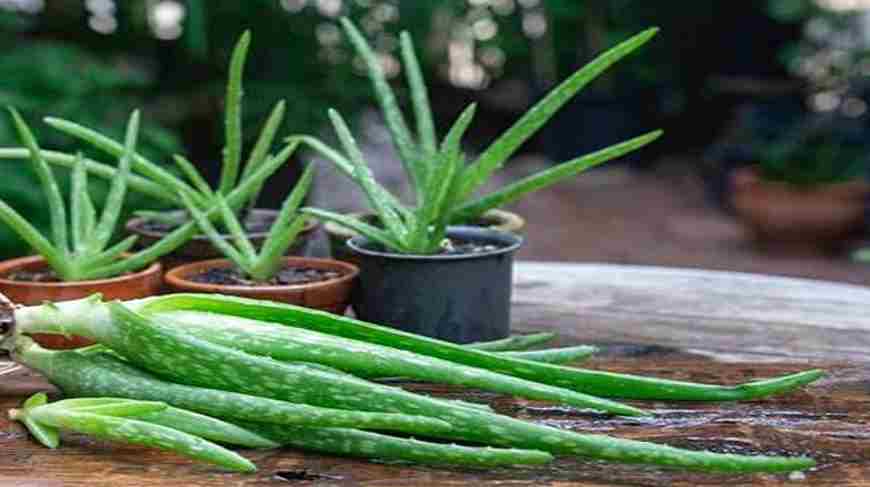
- The plant grows in areas with hot and dry climates. It is grown in subtropical regions around the world, including Texas, New Mexico, Arizona, and the southern borderlands of California. Aloe has traditionally been used to treat skin problems and was thought to aid in baldness and wound healing.
Aloe can be used both topically (on the skin) and orally. Topically, aloe is recommended for conditions such as burns, lichen planus, oral submucous fibrosis, acne, lichen planus, and radiation-induced skin damage. Oral aloe is recommended for the treatment of inflammatory bowel disease (Crohn’s disease, ulcerative colitis), diabetes, and hepatitis.
Aloe is a genus of succulent flowering plants that includes approximately 500 species. Both scarring and wound healing can be sped up. Using aloe vera on the face on a regular basis has also been shown to help with a number of skin conditions, including acne, eczema, sunburn, and many others. A gel produced by aloe vera plants is available in health food stores in bottles or for direct use. Aloe vera gel is offered for sale by numerous companies. Whilst only a small quantity of aloe vera concentrate is used to create non-organic aloe vera gel, it is still important to check if the goods are organic and created entirely from natural ingredients if one wants to fully benefit from utilizing them. Yet the reminder is made up of preservatives and chemicals.
The aloe plant’s leaves contain the most potent aloe vera gel. Yet, aloe plants are not typically found in people’s homes. In some situations, over-the-counter (OTC) products work just as well. For the best results, one should search for a gel with aloe vera as its main component. Aloe vera gel has hydrating properties that help repair and protect the skin, making it more effective at treating skin issues than aloe vera extracts.
It encourages collagen production and release. Its anti-inflammatory properties aid in reducing the pain, swelling, and soreness associated with wounds or injuries. It can lessen scarring and hasten the healing of wounds. It reduces the amount of time first- and second-degree burns need to heal. It encourages collagen production and release. It possesses anti-oxidant qualities that can aid in the recovery of UV damage and delay the skin’s aging process. It shields the skin from the negative side effects of radiation therapy; Its 98% water content aids in hydrating, soothing, and moisturizing the skin. It makes the skin suppler and more pliable rather than tight and leathery, which softens the skin; It has a cooling effect on sunburns and rashes.
3. Triphala:-

- Acne and pimples can be fought off from within using Triphala. It possesses every trait necessary to treat various skin conditions. Hence, immunity-boosting and gut-healthy qualities include anti-inflammatory, antioxidant, antimicrobial, and antibacterial ones. Triphala is quite helpful in treating the itching, drying, and flakiness that characterize most skin issues due to these qualities. To have the finest benefits, you must consume Triphala every day.
4. Licorice Root (Glycyrrhiza Glabra):-
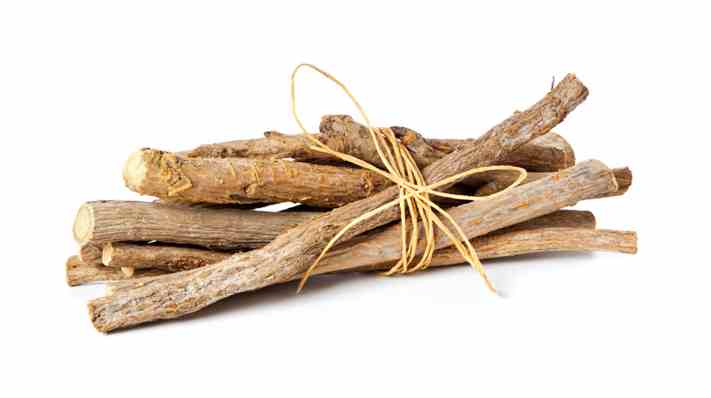
Licorice root has been used for centuries to treat inflammatory and viral diseases. The active part of the root contains glycyrrhizin (a triterpene saponin) in concentrations ranging from 7–10%. In the body, it is converted to glycyrrhizin acid (GA).
In both Europe and Japan, this plant has been successfully used to treat chronic hepatitis as an anti-inflammatory and an antiviral.
- It has been shown to inhibit the activity of proinflammatory prostaglandins and leukotrienes, and it appears to have a cortisol-like effect, making it useful as an anti-inflammatory. The addition of 2% GA7 to topical corticosteroids significantly enhanced their effects in one study. Another study found that topical ointments containing active isomers of GA had anti-inflammatory properties.
5. Azadirachta Indica:-

Neem oil contains fatty acids, antioxidants, and antimicrobial compounds that are beneficial to the skin in a variety of ways. According to research, these compounds may aid in the fight against skin infections, promote wound healing, and combat the signs of skin ageing.
To use neem oil as part of a skincare routine, combine it with water or carrier oil. When using neem oil for the first time, a patch test is required.
In a study on a herbal anti-acne formulation, it was discovered that the ethanol extracts of Azadirachta indica, G. glabra, Andrographis paniculata, Ocimum sanctum, and green tea had the ability to inhibit acne. In a recent study, it was discovered that the acne-fighting substance worked well against Propionibacterium acnes and Staphylococcus epidermis. Mice skin cancer was demonstrated to be chemo prevented by aqueous extracts of Azadirachta indica leaves. Skin malignancies have been observed to exhibit more proliferating cell nuclear antigens than the control group.
6. Cinnamon:-
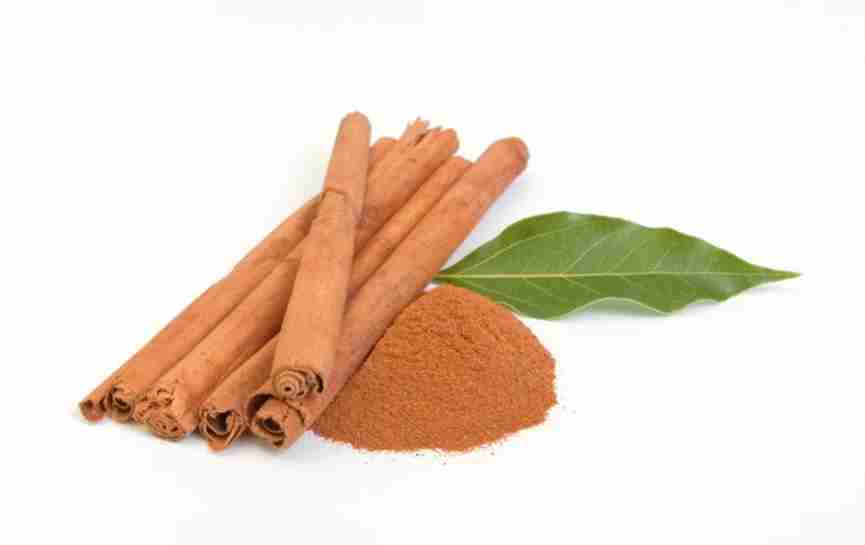
The culinary and therapeutic uses of cinnamon are well-established. Cinnamon can also help with skincare issues and enhance the condition of your skin. Amazing skin care advantages may be found in all three parts, including the leaves and roots.
Cinnamon possesses anti-inflammatory, antioxidant, antiviral, antibacterial, and antifungal effects (1). Because of these qualities, it’s a fantastic ingredient to include in your regular skin care regimen. You may repair your skin using a variety of homemade cinnamon cures. Cinnamon’s advantages, applications, and negative effects are covered in this article.
Cinnamon gives cookies and hot drinks a spicy kick, but it’s also high in antioxidants, which fight skin damage. “Cinnamon has more antioxidant value than half a cup of blueberries,” says nutritionist Keri Glassman, author of The O2 Diet. Sprinkle half a teaspoon of cinnamon on your coffee grounds before brewing for a quick antioxidant boost.
Glassman recommends discarding spices that are more than two years old and storing them in a dark cupboard because heat from the stove and sunlight will reduce their potency.
Top 13 Facts About Herbal Drugs Used In Skin Disorder
In the production of synthetic pharmaceuticals, plant products can also be employed as raw materials.
Eighty percent of rural Indians use herbal remedies.
The world’s medical garden is in India.
Almost 25000 pharmacies in India are licensed to operate.
A CAGR of 18% is anticipated for the Indian herbal products market between 2019 and 2024.
For the manufacture and sale of any herbal drugs in India, AYUSH is the regulatory authority in India.
Nowadays, the value of the global trade in herbal products is estimated at USD 120 billion.
After China, India is the second-largest exporter of herbal products worldwide.
Erode, Tamil Nadu, India, is home to Asia’s biggest turmeric market.
Sun damage might not be visible to the human eye right now, but it will become more visible with time.
The bulk of skin cancers is primarily caused by excessive UV exposure.
Basal cell carcinomas (BCC), which are the most common malignant tumors in adults with light skin, account for around 75% of all cases of skin cancer.
Turmeric has around 34 essential oils.






